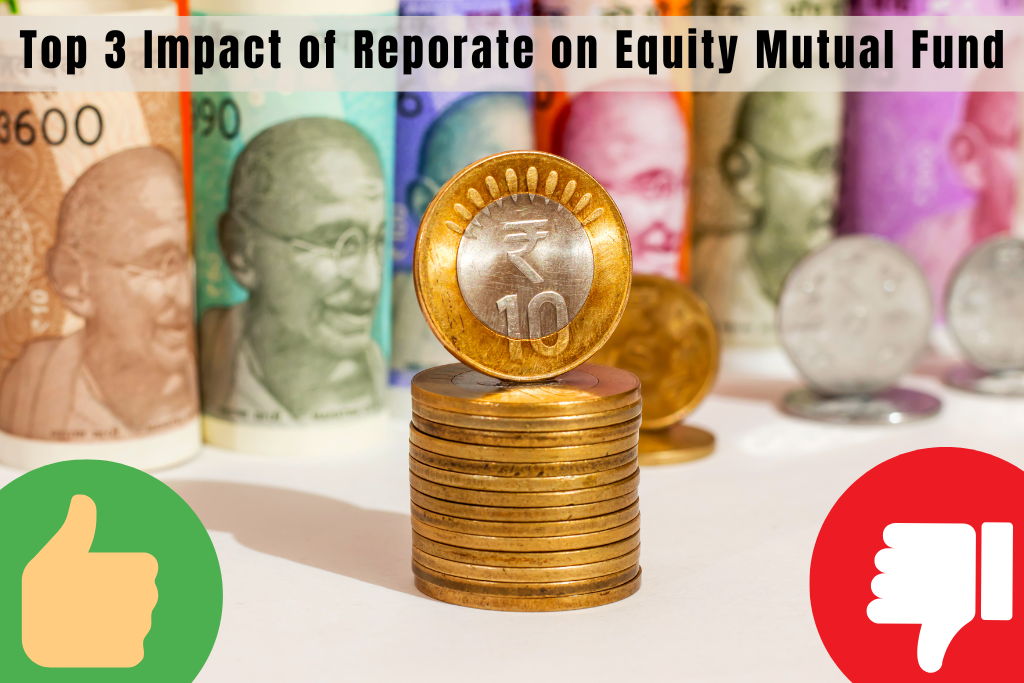The Story of Bank and the Big Brother, RBI :
Once upon a time, in a small town, there was a Bank that liked to help people with their money. The Bank would give people money when they needed it, like when they wanted to buy a new house or a car. But sometimes, the Bank didn’t have enough money to lend to everyone, so it would ask for help from its Big Brother, the Reserve Bank of India (RBI).
Now, Big Brother RBI was very powerful. When the Bank needed some extra money, it could go to Big Brother and say, “Please lend me some money so I can help people in the town.”
But here’s the thing: Big Brother RBI didn’t just give the Bank money for free. It would charge a small fee for lending the money. This fee was called the repo rate. Think of it like a small “rent” the Bank had to pay when borrowing money from RBI.
When the repo rate was low, it meant the Bank could borrow money for a very small fee. This made the Bank happy because it could lend money to the people of the town easily, like giving out more house loans and car loans. Everyone was happy, and the town grew.
But sometimes, the town got too busy, and people were spending too much money. Big Brother RBI didn’t want the town to get too crowded or the prices of things to get too high, so it decided to raise the repo rate.
Now, when the repo rate was high, it meant the Bank had to pay more to borrow money from Big Brother. Because of this, the Bank was a little more careful about lending money. It didn’t lend as much as before. People in the town started borrowing less, and things calmed down a bit. This helped keep the town from getting too crowded or too expensive.
So, in simple words, the repo rate is like the small fee that the Bank pays to Big Brother RBI when it borrows money. When the fee is low, the Bank can lend more money to the people, and when the fee is high, the Bank is more careful about lending.
The repo rate (short for repurchase rate) is the interest rate at which the central bank (RBI in India) lends money to commercial banks for short-term funding. A change in the repo rate can have several impacts on your Equity Mutual Fund investments, especially since it influences the broader economic environment. Here are the top three impacts of a change in the repo rate on your Equity Mutual Fund:
Impact on Interest Rates and Cost of Borrowing
- When the repo rate increases: The cost of borrowing for banks becomes more expensive, leading to higher interest rates for loans and credit. This can reduce consumer and business spending, leading to slower economic growth and, potentially, lower corporate earnings. Lower corporate earnings can impact the performance of equity markets and, therefore, your mutual fund returns.
- When the repo rate decreases: The cost of borrowing reduces, which can stimulate economic activity. Consumers and businesses borrow and spend more, potentially driving up corporate earnings and boosting stock prices. This could have a positive effect on your Equity Mutual Fund.
Impact on Liquidity and Market Sentiment
- When the repo rate increases: The central bank is likely trying to curb inflation by making borrowing costlier, leading to reduced liquidity in the system. This could cause lower investor confidence in the stock market as equity valuations may weaken due to reduced spending and slower growth prospects.
- When the repo rate decreases: Lower interest rates usually imply more liquidity in the market, which may lead to an optimistic outlook for equities. Investors may become more willing to take on risk, which can result in higher demand for equity funds. Thus, your Equity Mutual Fund may perform better.
Effect on Sectoral Performance
- When the repo rate increases: Certain sectors that rely heavily on borrowing, such as real estate, automobiles, and infrastructure, may face difficulties due to higher financing costs. Conversely, sectors like banking and finance might benefit if they can increase lending rates.
- When the repo rate decreases: Sectors like real estate, automobiles, and infrastructure may perform well because they can access cheaper loans. Additionally, industries with a high capital expenditure base tend to benefit from lower rates, which might result in higher stock prices and a potential boost to your mutual fund returns if your fund has exposure to these sectors.
Summary:
- Repo Rate Increase: Could reduce stock market returns due to higher borrowing costs, lower liquidity, and subdued investor sentiment.
- Repo Rate Decrease: Could lead to higher market liquidity, better corporate earnings, and potentially higher returns for equity funds.
So, the impact of repo rate changes will depend on whether it’s an increase or decrease, but in general, lower rates tend to be more favorable for equity markets and your mutual fund investments.
